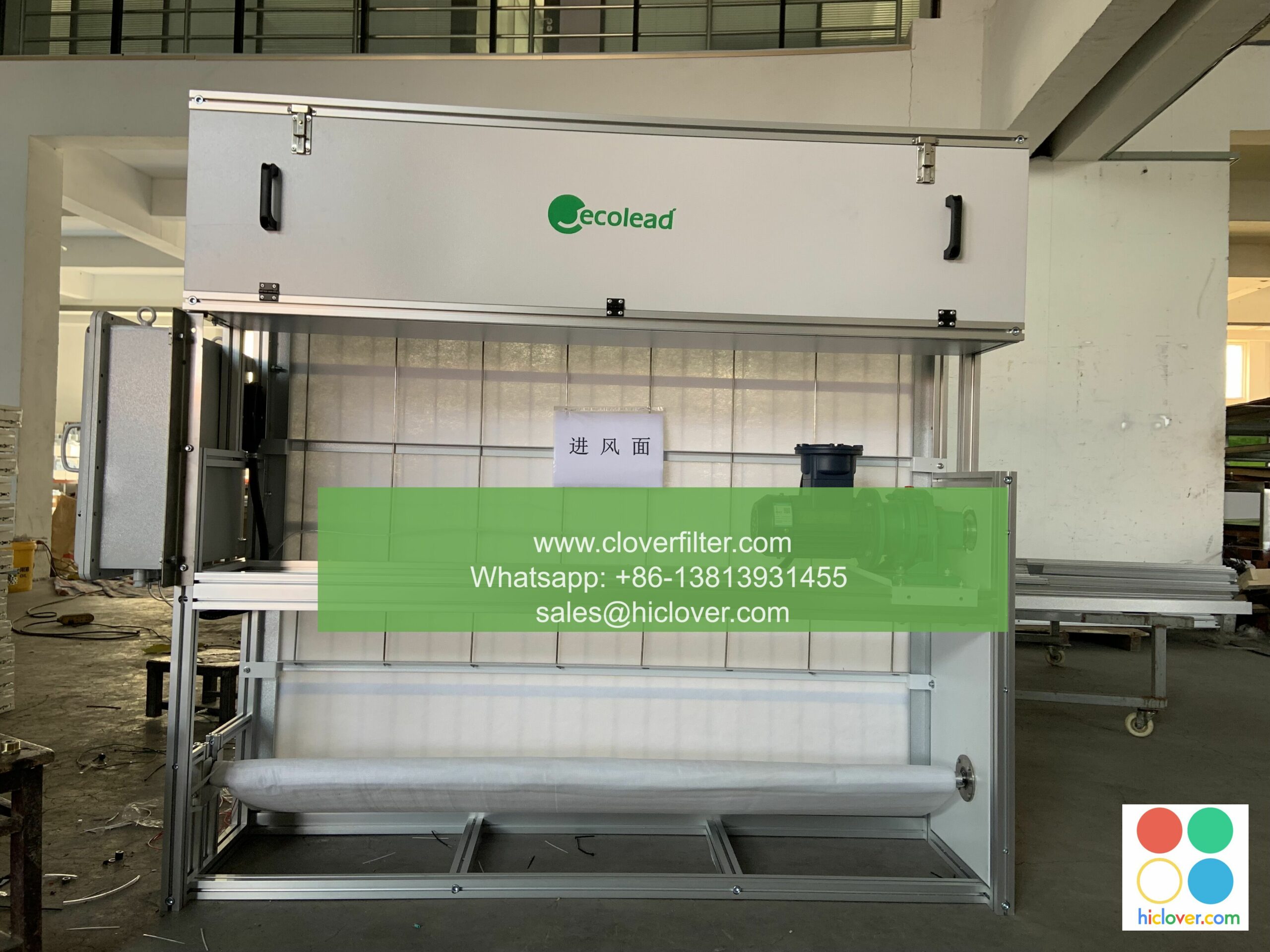Air Filter Dimensions 101: What You Need to Know

Air Filter Dimensions 101: What You Need to Know
When it comes to air filtration, size matters. The right air filter dimensions can make a significant difference in the effectiveness of your filtering system, from reducing allergen and particle count, to improving indoor air quality. In this article, we’ll explore the world of air filter dimensions, highlighting the key considerations and application areas where the right size matters most.
The Importance of Proper Fit
Before we dive into the nitty-gritty of air filter dimensions, it’s essential to understand why a proper fit is crucial. An air filter that’s too small or too large for its housing or system can lead to reduced performance, increased energy consumption, and even damage to equipment. On the other hand, an air filter that’s precisely sized for its application can ensure optimal filtration performance, improved efficiency, and extended system lifespan.
Standard Air Filter Sizes
The most common air filter sizes are:
- 1-inch: Standard size for most residential and commercial applications
- 2-inch: Often used in larger commercial and industrial settings
- 4-inch: Typically employed in data centers, hospitals, and other industries requiring high-tolerance filtration
Specialty Air Filter Sizes
Beyond the standard sizes, there are various specialty sizes catering to specific applications:
- 24x24x4: Ideal for laboratory and cleanroom environments
- 20x20x5: Suits high-velocity applications, such as hospital operating rooms and surgical suites
- 12x12x1: Perfect for small, low-profile installations, such as window units and portable air purifiers
Considerations for Unique Applications
Certain applications demand tailored air filter dimensions, including:
- HVAC Systems: Air filters designed for heating, ventilation, and air conditioning systems often require custom sizes or specialized frames.
- Lab Equipment: Laboratories, medical facilities, and research institutions require filters with precise dimensions to ensure optimal particle capture and containment.
- Data Centers: High-density data centers need robust air filtration solutions, which often necessitate custom sizes and specialized configurations.
Key Takeaways
When it comes to air filter dimensions, the right size is essential for optimal performance, efficiency, and maintenance. By understanding the different sizes available and the specific needs of your application, you can ensure the best possible outcome. Remember:
- 1-inch: standard for most residential and commercial applications
- 2-inch: common in larger commercial and industrial settings
- 4-inch: suited for data centers, hospitals, and other high-tolerance filtration applications
- Specialty sizes: consider custom or specialized filters for unique applications
By choosing the right air filter size for your needs, you can breathe easier, knowing your air is cleaner, and your systems are running smoothly and efficiently.
Conclusion
The world of air filter dimensions may seem complex, but understanding the different sizes and applications ensures you’re getting the best possible results. Whether you’re looking for standard or specialty air filters, remember to consider the following factors to ensure optimal performance and efficiency. By doing so, you’ll be well on your way to a cleaner, healthier, and more efficient environment.
It looks like you’re trying to get the conversation started! I’m here to help. What’s on your mind? Do you have a specific topic in mind or would you like me to suggest some conversation starters?


